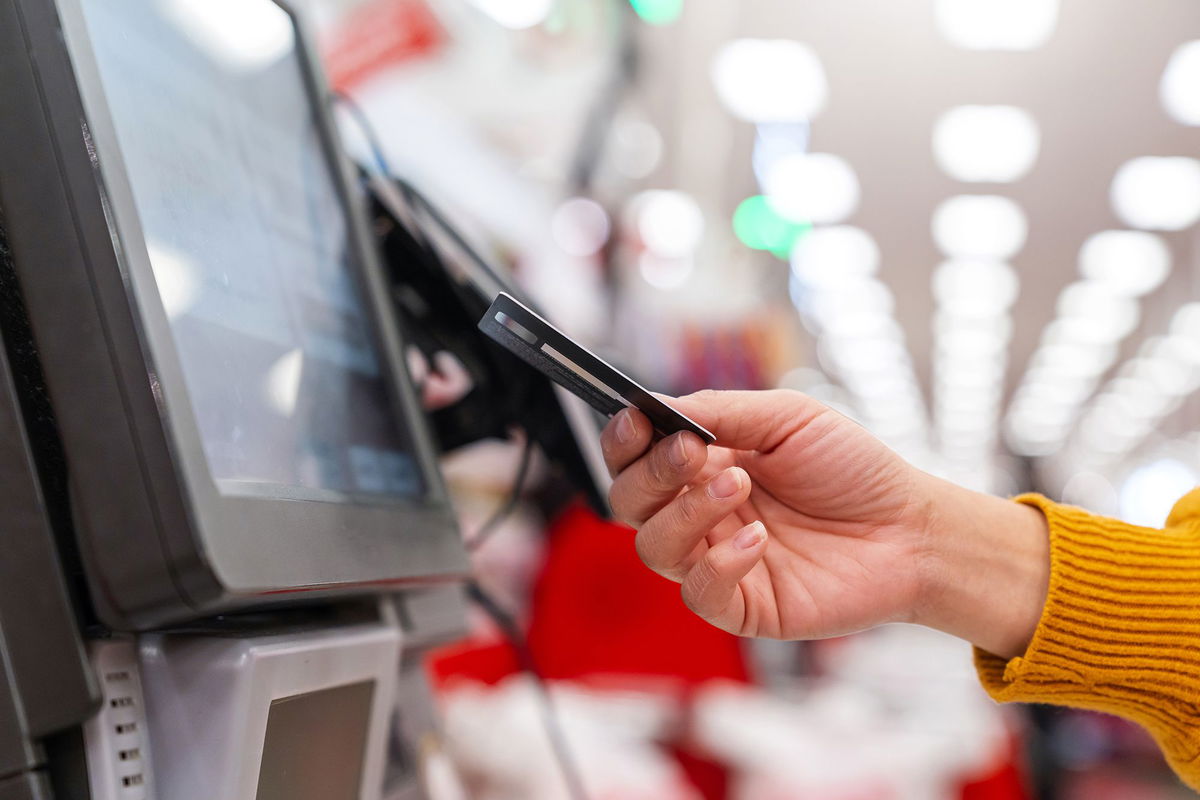Americans ran up $105 billion in credit card interest last year alone

In 2022
By Matt Egan, CNN
New York (CNN) — Danielle Foskie is among a growing number of Americans who have stumbled into a credit card doom loop.
Foskie, a registered dental hygienist who lives outside of Cleveland, Ohio, couldn’t pay the bills when Covid-19 interrupted business at the dentist office where she works. She turrned to credit cards to get by, eventually racking up $60,000 in credit card debt.
“The stress was very intense. I’ve never found myself in such a situation,” Foskie told CNN.
She’s not alone.
In 2022, about one in 10 (9.9%) general purpose credit card accounts in the United States were in “persistent debt” — a difficult-to-escape situation where borrowers are charged more in interest and fees than they pay down in principal, according to a new Consumer Financial Protection Bureau report shared first with CNN.
That’s up from 8.4% in 2021, a trend that the CFPB blames on shrinking paychecks (after adjusting for inflation) and rising borrowing costs.
“People get into this situation they can’t get out of. The fees and interest keep people trapped there,” a CFPB official told CNN.
Americans were hit with $105 billion in credit card interest last year alone, according to the CFPB’s biennial consumer credit card report. That includes $30.5 billion in the fourth quarter, the highest since at least 2015.
Roughly one in three cardholders with the lowest credit scores — subprime and deep subprime — were in persistent debt last year, according to the CFPB. That’s up from around 25% in 2021 and approaching pre-Covid levels.
CFPB officials expect the number of Americans stuck in this doom loop will go even higher in 2023.
“The industry uses rewards to get you in. You think you’re going to pay everything off every month, but sometimes things don’t go as planned,” the CFPB official said. “If you start carrying a balance, you have to pay a hefty price.”
Warning sign: Credit card late fees surge
Credit cards are among the most expensive ways to borrow — especially these days.
The Federal Reserve’s war on inflation, marked by aggressive interest rate hikes, has lifted credit card rates to record highs, according to Bankrate.com.
Yet Americans have continued to rely on credit cards as they grapple with a high cost of living. US credit card balances surpassed $1 trillion during the second quarter of this year for the first time ever, according to the New York Fed.
The CFPB said interest charges have grown since mid-2021 as Americans spent more on credit cards, balances grew and borrowing costs climbed.
The CFPB report contained some warning signs suggesting that some consumers are facing financial pressure even as unemployment remains historically low.
For instance, for the first time, quarterly late fees topped $4 billion during the fourth quarter of last year, according to the report.
Annual late fees jumped by 28% in 2022 to $14.5 billion, returning to pre-Covid levels, the CFPB said.
Americans with lower credit scores were hit the hardest by late fees.
Even though consumers with deep subprime credit scores hold just 6% of card accounts, they generated 28% of all late fees last year, the CFPB said. (By contrast, consumers with the highest credit scores generated just 6% of late fee volume).
Earlier this year, the CFPB unveiled a proposed rule that would cap credit card late fees at $8, down sharply from the 2022 average of $32.
Making just the minimum payment
A significant number of Americans are only making the minimum payment on their credit card debt, a situation that can drastically increase the overall cost of borrowing and how long it takes to pay it all back.
About 13% of general purpose credit card accounts and 17% of private label accounts paid only the minimum payment due each month in 2022, according to the CFPB report.
Nearly one in three (31%) of subprime private label accounts make just the minimum payment. (There are no comparisons to previous years as this is the first time the CFPB tracked this metric).
Renee Barrett, a 48-year-old mother of twins from the Bronx, found herself making just the minimum payments when she decided to make a career change during the pandemic.
“When I got fed up with the work I was doing and resigned, I had no savings to fall back on,” Barrett said.
Eventually, Barrett accumulated $10,000 in credit card debt on top of $40,000 of student debt.
Barrett urged others to “never, ever” turn to credit cards to get by unless they know with “absolutely certainty” it can be repaid.
As signs of consumer stress emerge, the credit card industry continues to perform well financially.
Credit card issuer profitability took a hit in 2020 during Covid but rebounded sharply in 2021 and last year remained at or above 2019 levels, the CFPB found. The report also warned of an “apparent lack of competition” on credit card rates.
“Credit remains widely available and card issuers are profiting handsomely,” CFPB Director Rohit Chopra told CNN in a statement. “It’s critical that we inject more competition in this market so that Americans can switch their card balances to lower rates.”
The-CNN-Wire
™ & © 2023 Cable News Network, Inc., a Warner Bros. Discovery Company. All rights reserved.